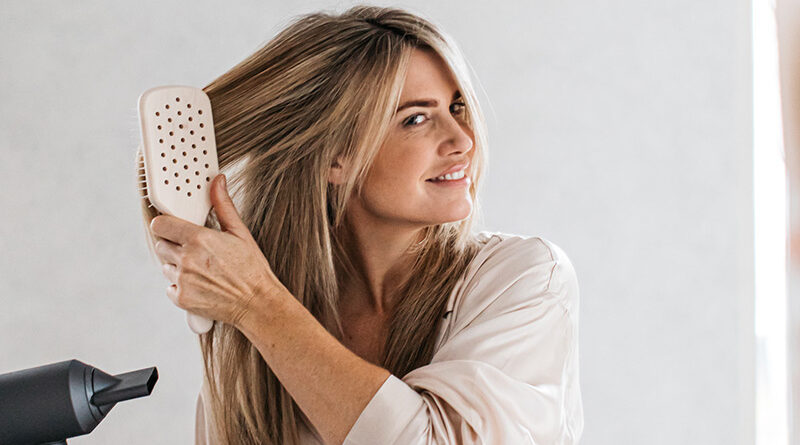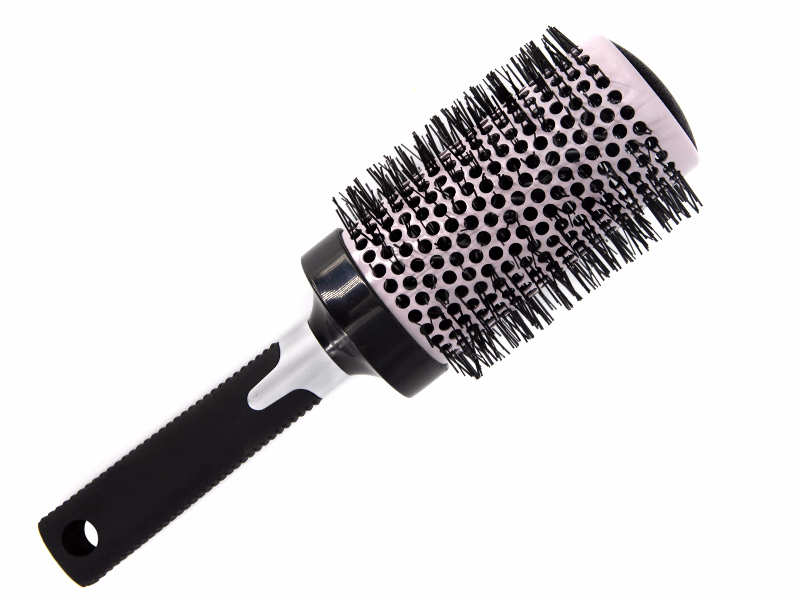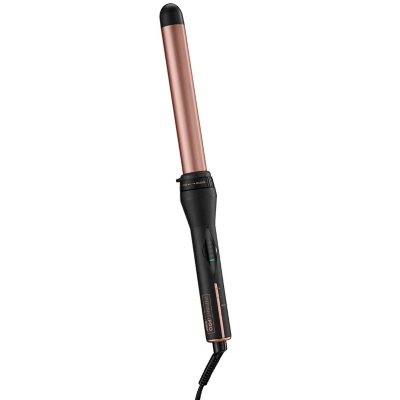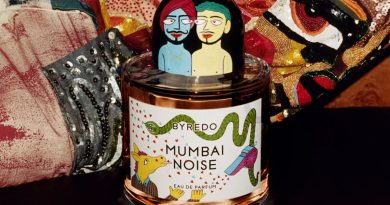7 Different Types of Hair Brushes and Their Uses
There are many different types of hair brushes, and they all have different uses and benefits depending on your hair type and style preferences. In order to choose the right brush for you, it’s important to understand the different types of brushes so you can see which best suits your needs. Here are seven of the most common types of hair brushes: combs, wide-tooth comb, narrow-tooth comb, paddle brush, boar bristle brush, velvet brush, and vent brush.
1) Round Brush
A round brush is the most versatile type of brush. It can be used to smooth, curl, or add volume to your hair. The size of the brush depends on the length and thickness of your hair. A metal round brush is best for adding volume, while a boar bristle round brush is best for smoothing.
A round brush is one of a handful of basic hair brushes that every woman should have in her collection. The design has been around for centuries, with most modern round brushes using boar bristles (which are made from pig hair) or synthetic materials. One type of round brush called a venting brush uses both. The venting brush features longer boar bristles on one side and shorter synthetic fibers on the other. It’s designed to smooth hair while also adding volume at your roots.
2) Flat Brush
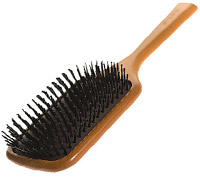
A flat brush is the most basic type of hairbrush. It has a wide, paddle-shaped head with bristles that are either natural or synthetic. The natural bristles are usually made from boar hair, while the synthetic ones are usually nylon. Flat brushes are best for brushing out your hair when it’s wet, as they help to detangle and smooth the hair shafts.
If you have long, thick hair that tangles easily or gets weighed down by heavy products, consider a wide-toothed comb instead. These combs are similar to brushes, but they have wide teeth that help to untangle your hair without damaging it. Wide-toothed combs also have rounded edges which makes them less likely to snag your hair as you comb. They’re particularly useful if you wear your hair in cornrows or braids often.
3) Diffuser
A diffuser is a great tool for curly-haired girls who want to minimize frizz and maximize definition. To use, simply attach the diffuser to your blow dryer and then scrunch wet curls in an upward motion. You can also use your fingers to help shape the hair as you go.
Metal round brush: A metal round brush is ideal for adding volume at the roots and creating sleek, straight styles. To use, place the brush under a section of hair and then roll it up towards your scalp. As you roll, hold the hair taut with your other hand and keep the blow dryer moving constantly.
Wide-tooth comb: A wide-tooth comb is excellent for separating hair into manageable sections. It’s also great for teasing your hair when you need a little extra volume at your roots. You can also use it to gently shape curls, waves or braids.
4) Curling Iron
A curling iron is a cylindrical tool used to curl hair around itself. It is heated up and then the hair is wrapped around it. The heat from the iron will cause the hair to curl. There are many different types of curling irons, with different sizes, shapes, and materials. The most common type of curling iron has a wide tooth comb attached to it. This allows you to comb through your hair while you are curling it. There are also teasing brushes, which have finer teeth that can help you create tighter curls. Finally, there are paddle brushes, which have a flat surface that helps you create loose waves.
Some curling irons come with interchangeable barrels. This allows you to create different curls by changing out your barrel. If you want bigger curls, use a larger barrel. If you prefer tighter waves, use a smaller one. Some irons have barrels made from ceramic or tourmaline, which help protect your hair while they heat up quickly and evenly distribute heat around your hair shafts to prevent them from burning or frying as easily.
5) Denman Brush
The Denman brush is a wide-toothed comb that is commonly used in salons. It can be used on all types of hair, but it works especially well on thick, curly hair. This brush is great for detangling and can also be used for teasing.
The Fanny Serre teasing brush is a wide-toothed comb that can be used on wet or dry hair. Teasing brushes are generally easier to use than combs and, because they are wider, they grab more hair at once. They’re also really good for detangling. If you have long hair, you should consider using a teasing brush to avoid pulling too much out while brushing it out. Not all brushes are created equal. The right kind can help improve your look without destroying your hard work, but knowing which one will work best for you takes some careful consideration.
6) Wide Tooth Comb
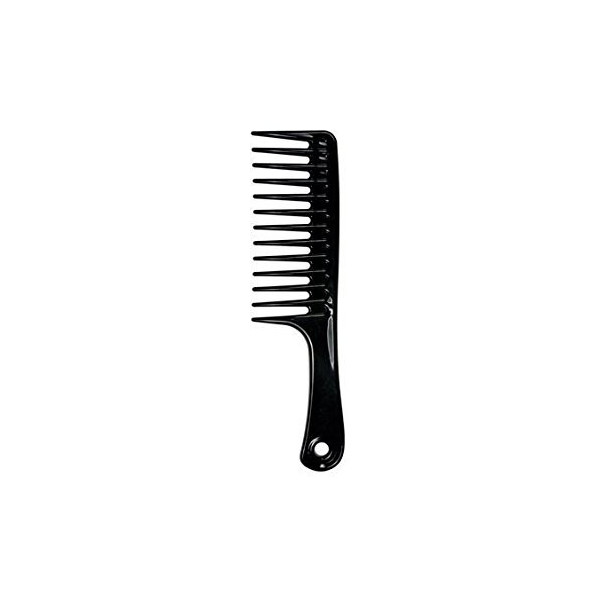
A wide tooth comb is a type of hair brush that is typically used on wet, detangled hair. It has wide teeth that are spaced apart, which helps to reduce tangles and breakage. Wide tooth combs can be made from different materials, such as plastic or wood. They can also come in different sizes.
Wide tooth combs are often used on children’s hair, but can also be used on adults’. If you use a wide tooth comb on dry hair, it can help reduce frizz and promote even distribution of your hair products. However, using a wide tooth comb on wet hair is an effective way to detangle your strands without causing breakage or pulling them out. Using a wide tooth comb will also leave you with less tangles in your hair once dry.
7) Razor

A razor is a type of hair brush that has a wide toothed comb on one side and a sharp, straight blade on the other. It is used to remove hair from the scalp by shaving it off. Razor brushes are available in different sizes, shapes, and colors. Some have handles while others do not. The most important thing to consider when choosing a razor brush is the size of the teeth on the comb. The larger the teeth, the more hair it will remove. The smaller the teeth, the less hair it will remove.
A razor brush is sometimes called a hair cutter or hair clipper. It’s intended for use on people with medium to long hair. Before using it, wash your hair thoroughly with shampoo and conditioner so that it’s clean and easy to remove. You can use a razor brush every day or just occasionally, depending on your preference. Start at one side of your head at an angle slightly above 90 degrees. Move in short downward strokes against your scalp as you pull downward gently but firmly with each stroke. Use smooth motions to avoid pulling your hair out by its roots.

